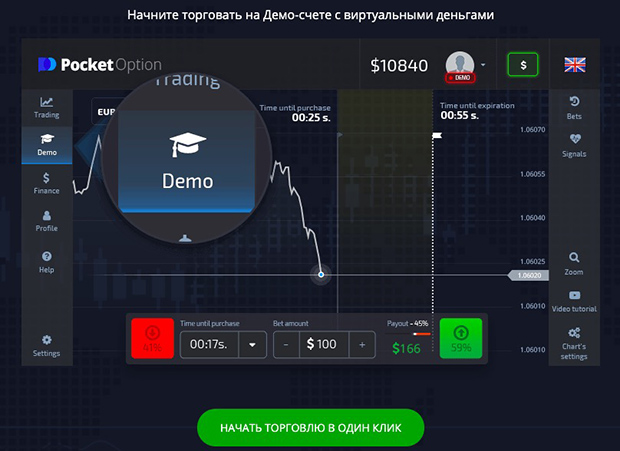
Profitable Trading Strategy with Envelope
In the world of trading, having a reliable strategy is essential for success. One such approach is the Trading Strategy with Envelope торговая стратегия с Envelope, which utilizes technical indicators to forecast market movements and identify potential trading opportunities. In this article, we will delve into the details of this strategy, explaining how it works, its advantages, and how traders can implement it effectively.
Understanding the Envelope Indicator
The Envelope indicator is designed to provide traders with a clearer view of price fluctuations. Essentially, the Envelope consists of two bands that are plotted above and below a moving average. These bands adjust according to the volatility of the market, providing a unique perspective on price action.
To better understand the Envelope, let’s break down its components:
- Moving Average (MA): This is the central line around which the bands are created. Commonly used MAs include the simple moving average (SMA) and the exponential moving average (EMA).
- Upper Band: This line is plotted above the moving average and represents a predefined percentage or distance from it, indicating overbought conditions.
- Lower Band: Plotted below the moving average, this band illustrates oversold conditions based on the same parameters as the upper band.
- Width of the Envelope: The distance between the upper and lower bands signifies the current volatility of the market. A wider distance indicates higher volatility, while a narrower distance suggests lower volatility.
How the Envelope Trading Strategy Works
The Envelope trading strategy primarily focuses on identifying breakout opportunities and spotting reversals. Here’s how to implement this strategy effectively:
1. Setting Up the Indicator
To apply the Envelope indicator to your trading chart, you first need to choose a suitable moving average period. A common choice is the 20-period moving average, but traders can experiment with different periods to find what works best for their trading style.
Next, set the percentage for the upper and lower bands. A typical setting may be 2% or 3%. These parameters can also be adjusted based on the asset’s volatility.
2. Identifying Trade Opportunities

The strategy can generate signals based on the price’s position relative to the Envelope bands:
- Buying Signals: When the price touches or moves below the lower band, it may indicate an oversold condition. Traders can enter a buy position, anticipating a price reversal towards the moving average.
- Selling Signals: Conversely, when the price touches or exceeds the upper band, it suggests an overbought condition. Traders may take this as a signal to sell, expecting a price correction towards the moving average.
3. Confirming Signals with Other Indicators
While the Envelope can effectively identify potential trade setups, it is prudent to confirm these signals with other technical indicators to increase the probability of success. Commonly used complementary indicators include:
- Relative Strength Index (RSI): The RSI can help confirm overbought or oversold conditions, making it a valuable addition to the Envelope strategy.
- MACD (Moving Average Convergence Divergence): This trend-following momentum indicator offers insights into the direction of potential price movements, which can enhance your trading decisions.
- Stochastic Oscillator: Another tool to identify overbought and oversold conditions, the Stochastic can provide further confirmation for entries and exits.
Advantages of the Envelope Trading Strategy
The Envelope trading strategy comes with several advantages that make it appealing to traders:
- Visual Clarity: The Envelope indicator provides a clear visual representation of market conditions, simplifying decision-making.
- Adaptability: The Envelope can be applied to various timeframes and asset classes, making it flexible for different trading styles.
- Enhanced Risk Management: By identifying entry and exit points more accurately, traders can better manage their risk and potential rewards.
Challenges and Considerations
Despite its advantages, the Envelope trading strategy is not without its challenges:
- False Signals: In ranging markets, the Envelope can generate more false signals, leading to potential losses.
- Lagging Indicator: As a trend-following tool, the Envelope may lag in volatile markets, causing traders to miss critical movements.
- Market Conditions: Traders need to be mindful of broader market conditions. During high-impact news events, price movements can become erratic, affecting the reliability of the Envelope strategy.
Conclusion
In conclusion, the trading strategy with the Envelope is a powerful tool for traders seeking to improve their decision-making processes and enhance their profitability. By understanding the functionality of the Envelope indicator, employing complementary technical analysis tools, and continuously adapting to changing market conditions, traders can develop a robust approach to trading. Like any strategy, it is vital to practice discipline and patience while trading with the Envelope, particularly in fluctuating market environments. As you refine your strategy, remember that ongoing education and adaptation are crucial for success in the ever-evolving world of trading.
